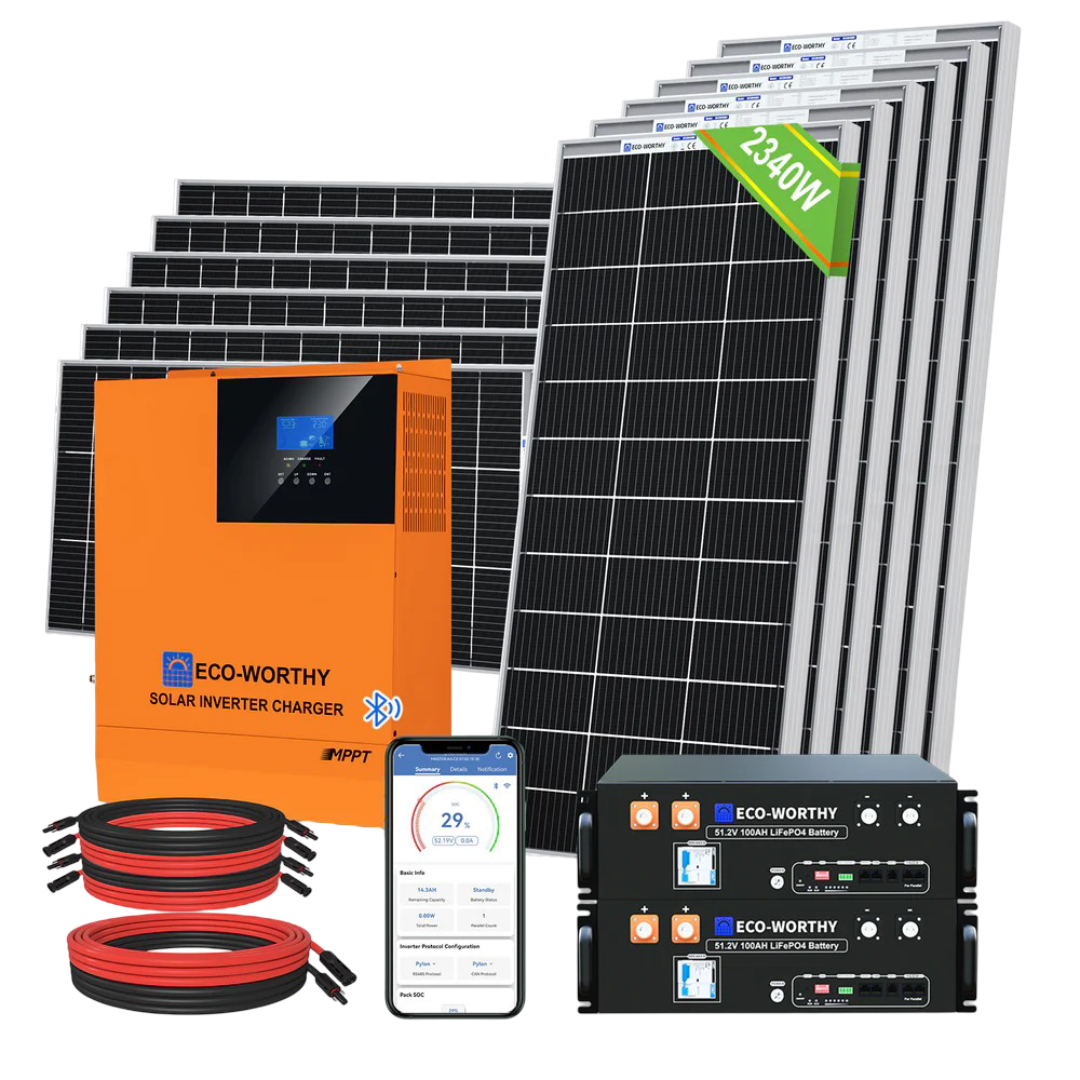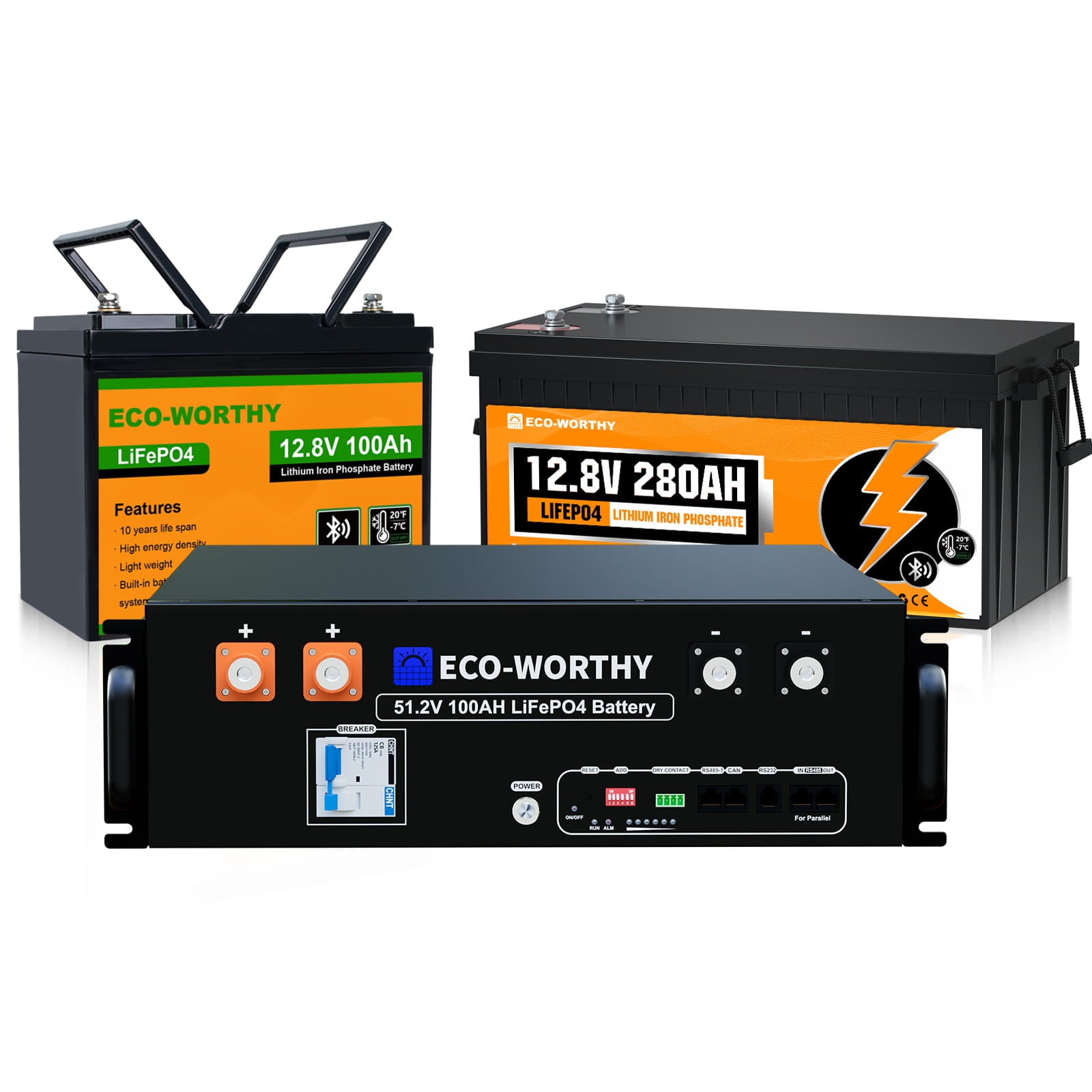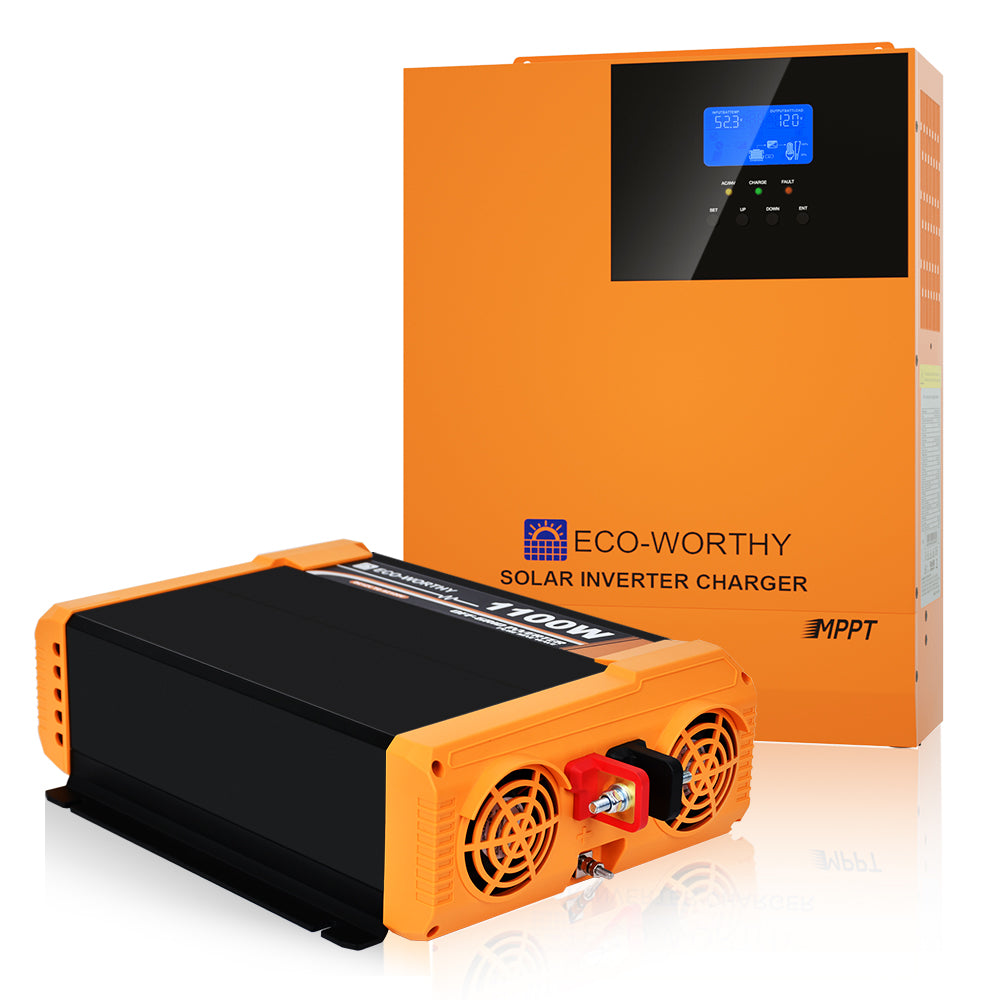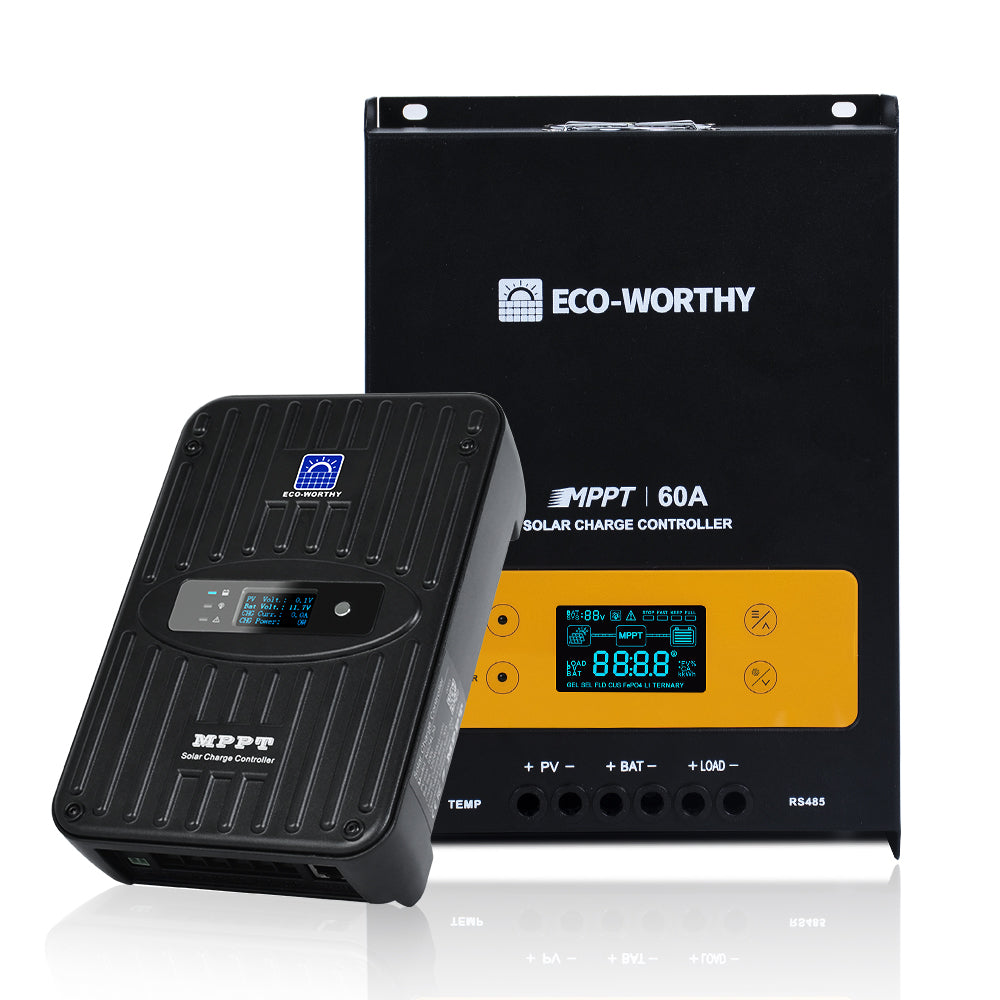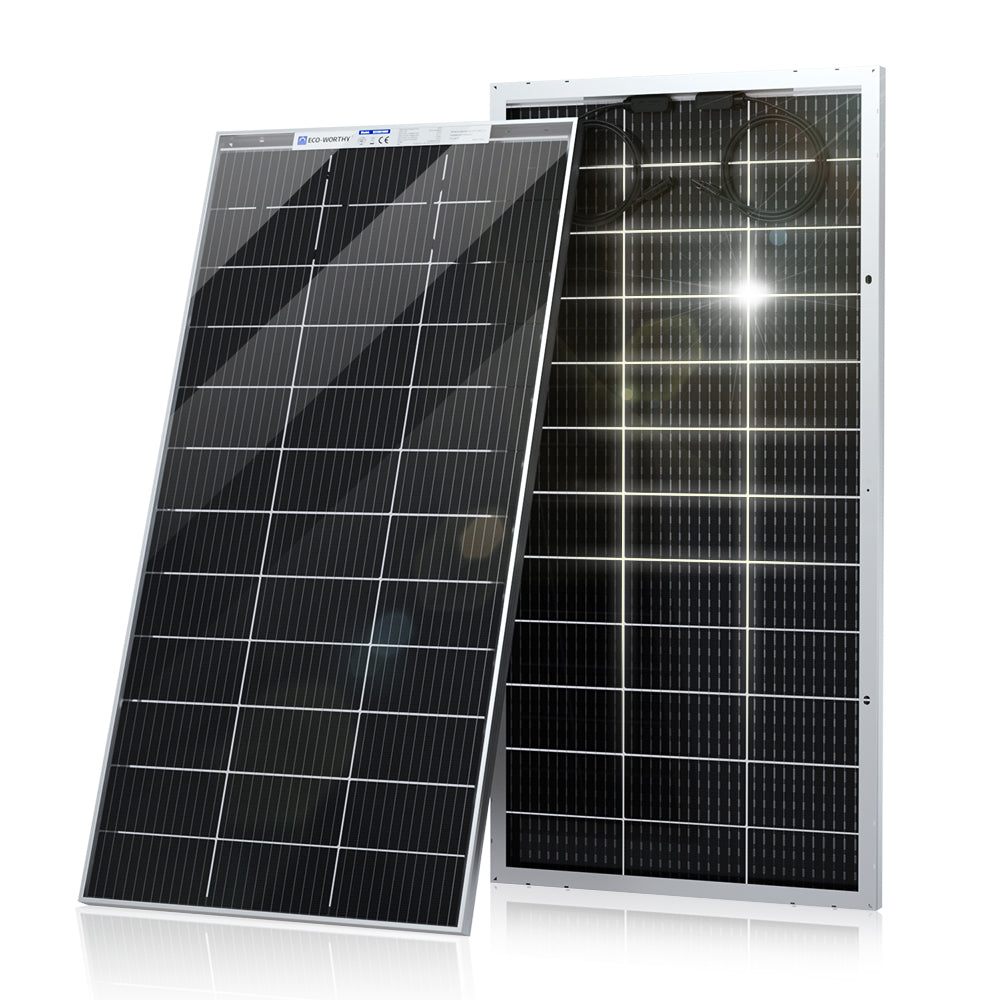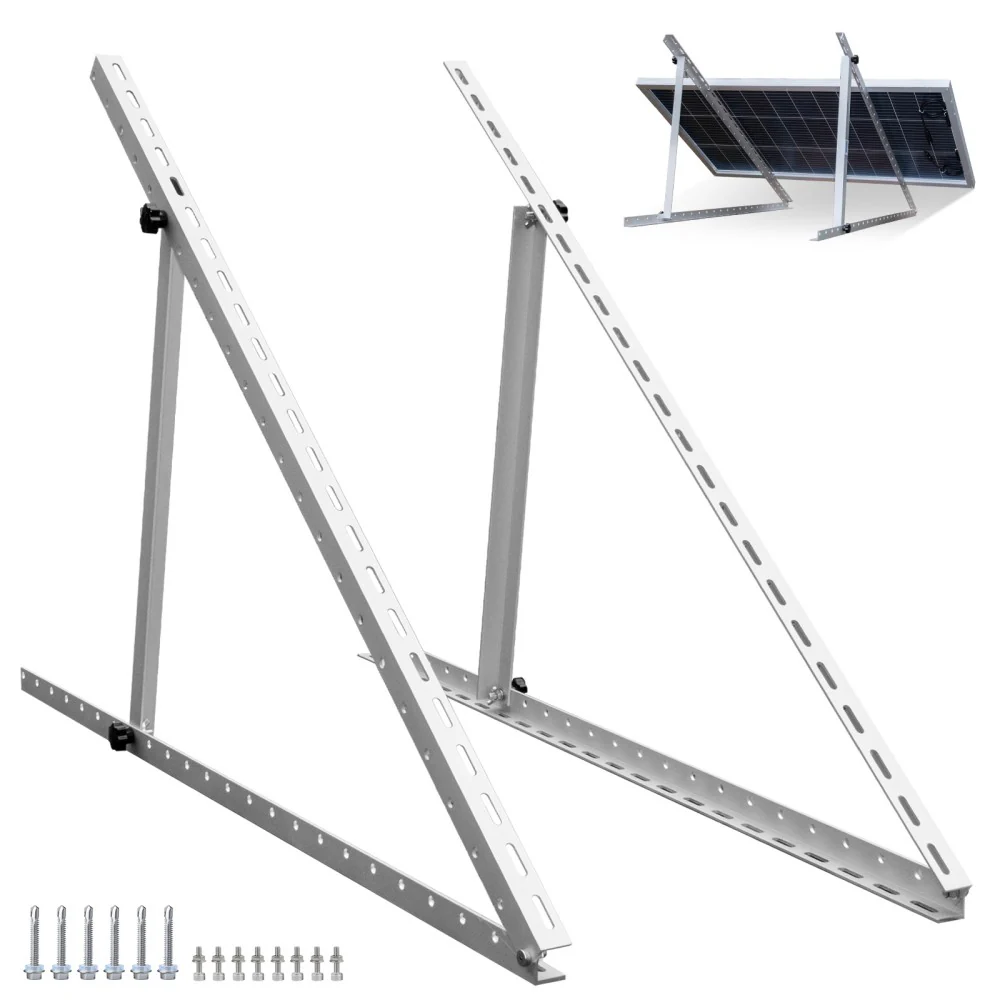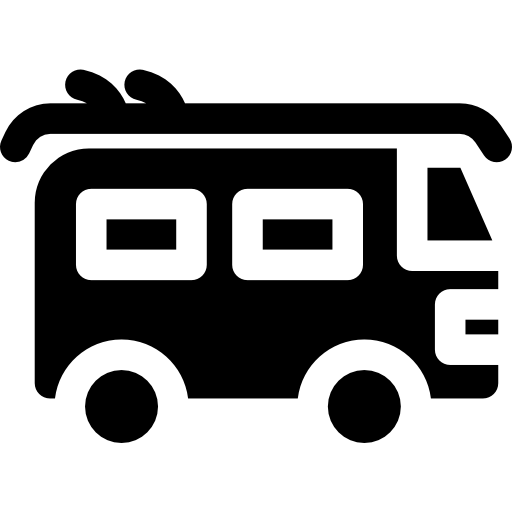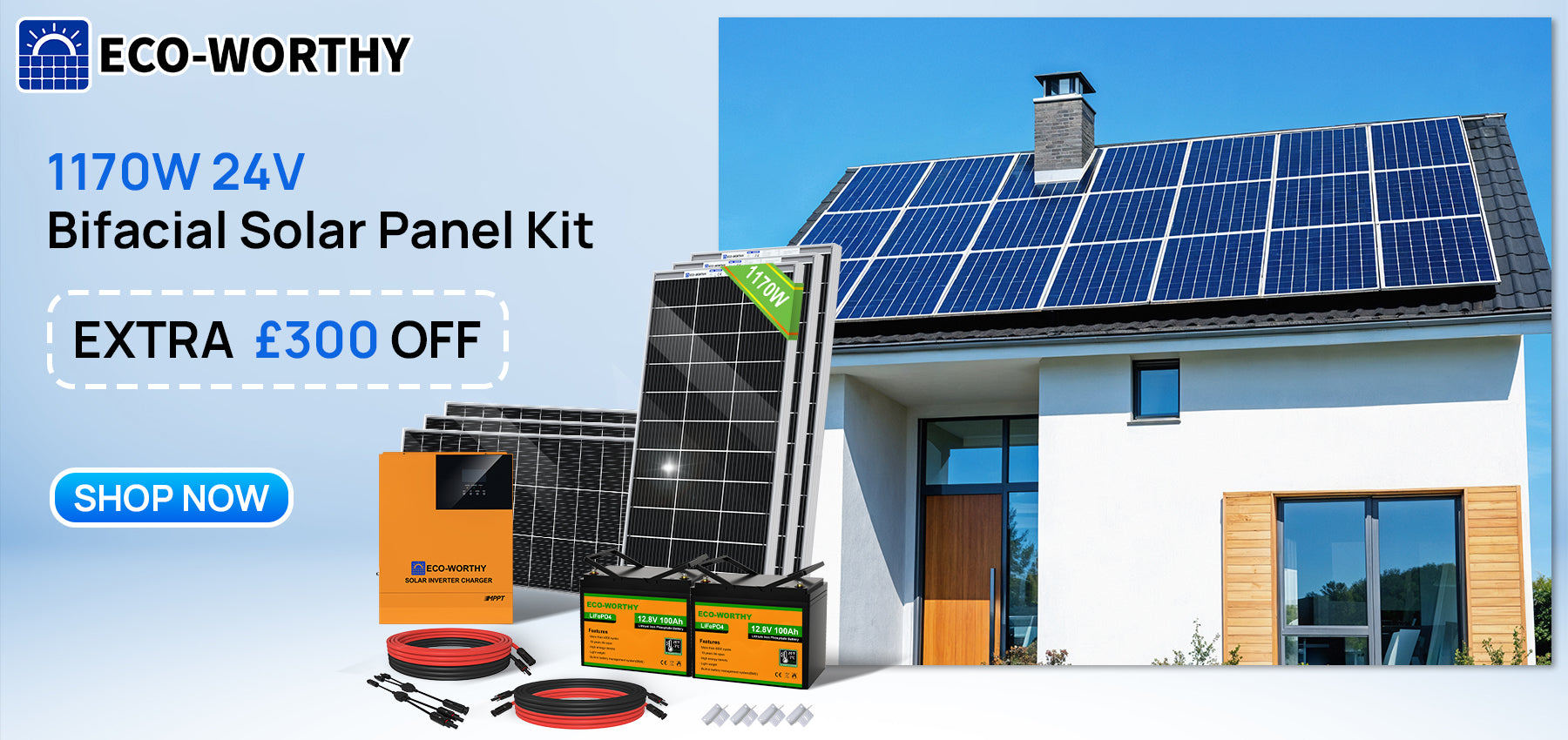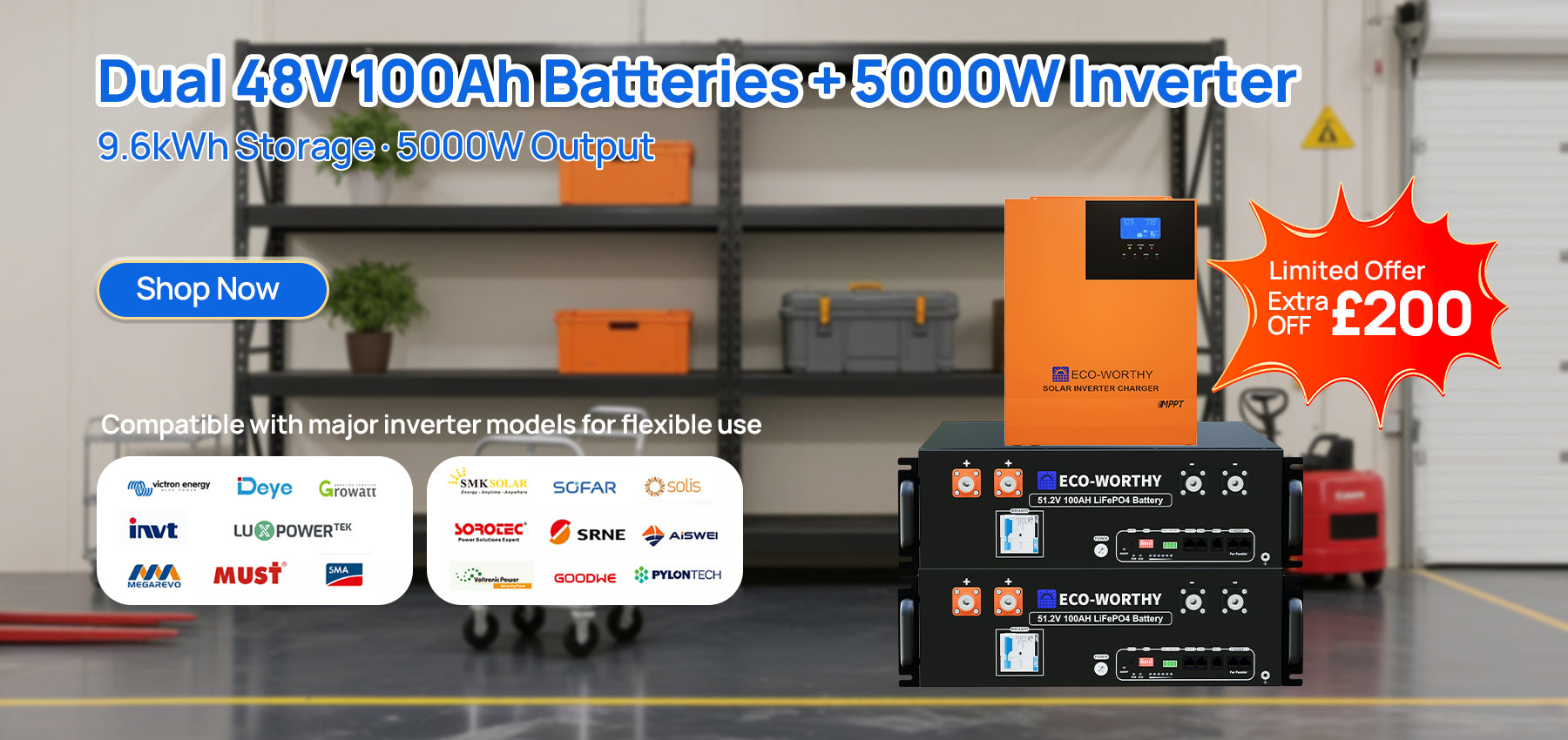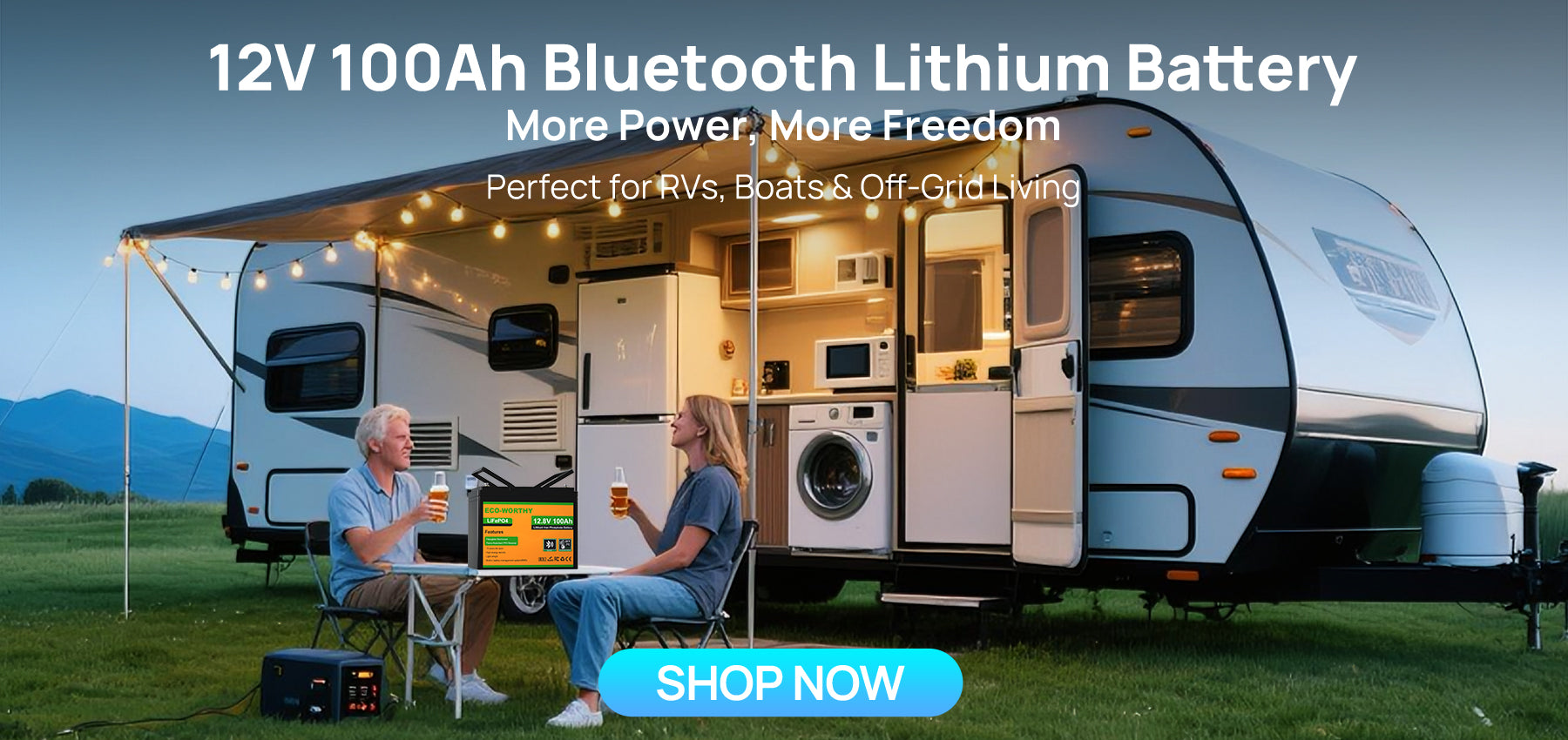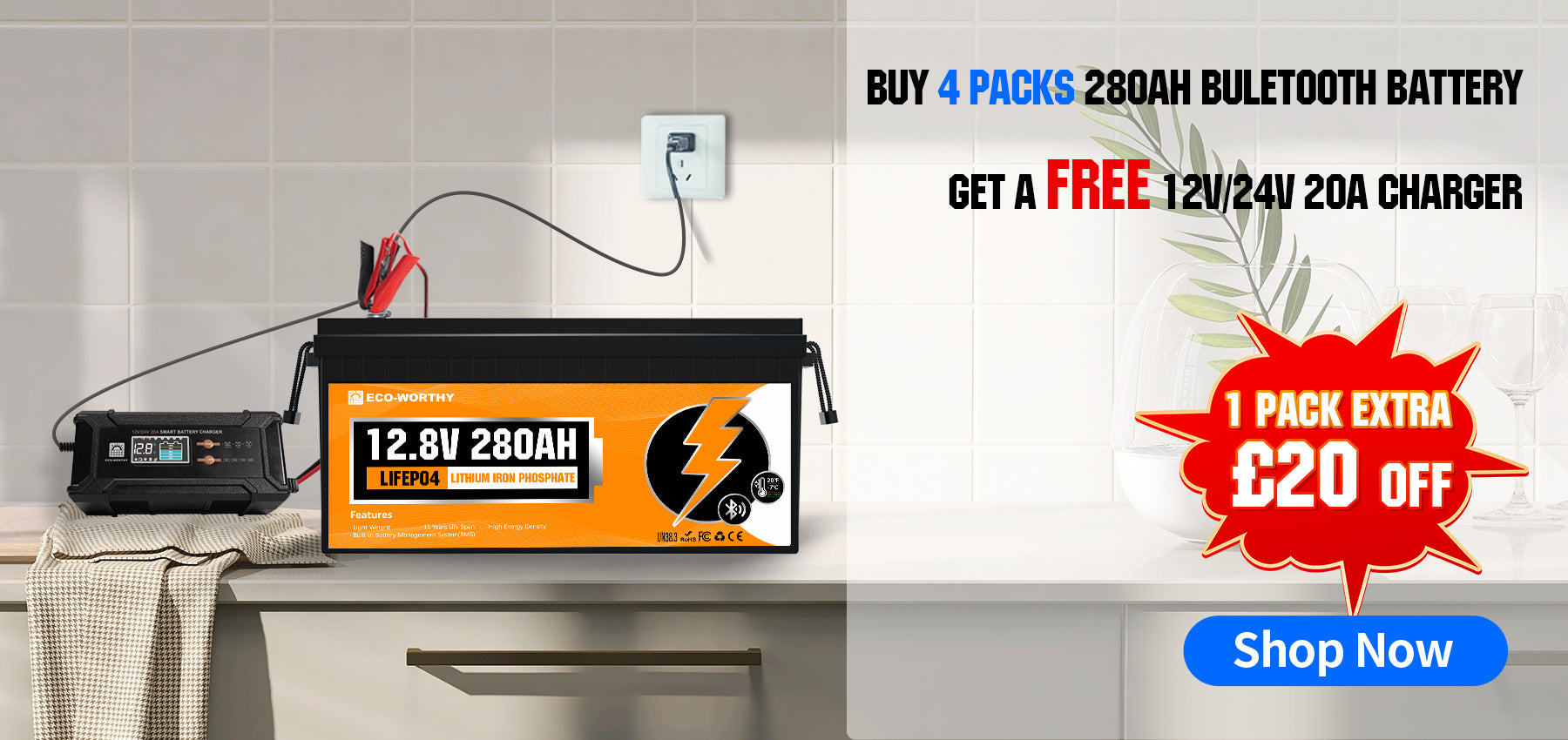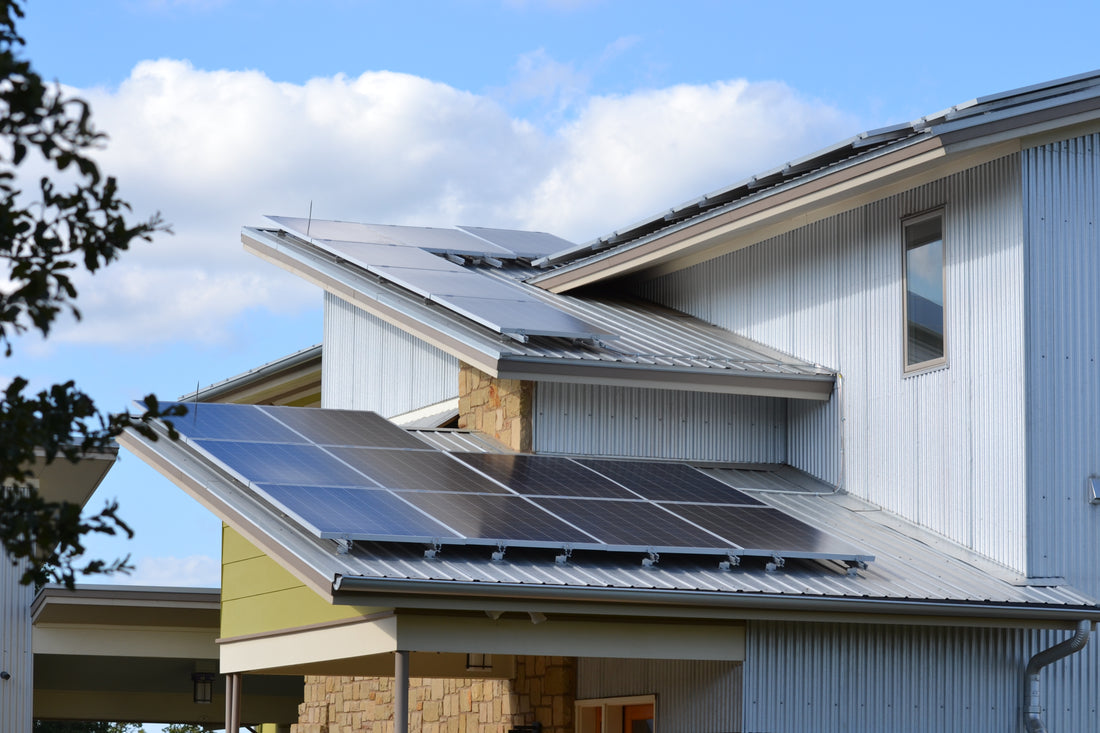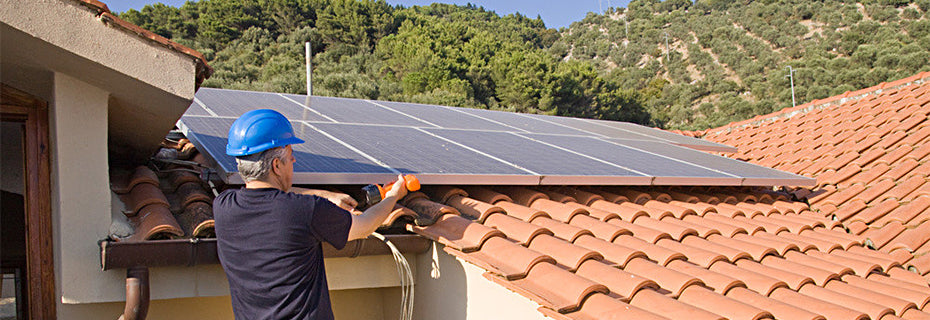
Off-grid systems, unlike grid-tied solar systems, have no connection to the utility grid, and must make all the electricity necessary to power your home. Off-grid solar systems operate from the stored energy in a battery bank. Solar panels generate power to charge the battery bank. Your off-grid solar system must be sized properly to meet your daily power needs and replace the stored energy pulled from the battery bank.
Here’s the list of key components in off-grid solar panel kits:
Batteries
Solar Panels
Charge controller
Off Grid Inverter
Batteries
Solar batteries are a smart investment for energy storage. Without a battery bank, you won’t be able to store energy generated by your system for later use. If you live off-grid, your system simply won’t work at all. If you’re tied to the grid, no battery means no backup power when the utility grid suffers an outage. Batteries are crucial to keeping your off grid system running.
When installing a solar battery as part of your solar panel system, you can store excess solar energy instead of sending it back to the power grid. If your panels are producing more electricity than you need, this energy can go back into charging your battery.
When your solar panels aren’t producing electricity, you can draw from the stored energy when you need it. The electricity is sent back to the grid only when your battery is full or draws from the grid only when the battery is low.
There are two battery types commonly used for off-grid system:
Sealed Lead Acid (AGM or Gel)
Lithium
View all batteries
Solar Panels
Solar panels absorb the sun's energy throughout the day and convert it into direct current (DC) electricity. Most homes and businesses run on alternating current (AC) electricity, so the DC electricity is then passed through an inverter to convert it to usable AC electricity. At that point, you either use the electricity in your house or send it back to the electric grid.
ECO-WORTHY has offered customers across the globe solar panels for their homes, cabins, RV's, and boats. We hand-select panels that are compatible with the batteries, power centers and other components packaged with your off-grid system. We double-check the math on voltage, amperage and string size to make sure you don’t damage your components. Your off-grid system runs 24/7, so your panels should be as reliable as possible. We’ve got you covered.
100W 12V Monocrystalline Solar Panel
195W 12V Monocrystalline Solar Panel
Charge controller
The main function of a charge controller (also know as a charge regulator or battery regulator) is to safely charge a solar deep cycle battery at the correct charge rates, and to protect the battery from overcharge. They protect your batteries from being overcharged by your solar panels, and they block any reverse current from the batteries to the panels at night.
We offer 2 types of solar charge controllers for a variety of systems.
20A PWM LCD Display Charge Controller
60A PWM LCD Display Charge Controller
Off Grid Inverter
The inverter is like your solar system’s brain. It manages your power flow, controlling two kinds of power. DC—or direct current—power is the kind stored in batteries. It’s also the kind produced by solar panels. But you can’t use DC power (directly) to power anything in your home. That’s where your inverter comes in. Everything in your home uses AC—or alternating current—power. And an inverter takes DC power from your panels (or from batteries) and turns it into AC so it can be used for your fridge, lights, TV, and other household appliances.
Choosing the right inverter for your off-grid solar system depends on accurately calculating your electrical loads and usage patterns. The size of the inverter you need is based on your 'peak load' requirements - all the AC loads that could be turned on simultaneously. For example, if you will be using the 1500 watt microwave, while also running 100 watts of lighting and running a refrigerator that will draw 500 watts of power, you will need an inverter that can handle at least 2100 watts (1500 + 100 + 500). Once you have identified a minimum wattage, you will select a style that has the same nominal voltage as your battery bank (12, 24, or 48 VDC).
Batteries, Solar Panels, Charge controller, Off Grid Inverter are the key components in off-grid solar panel kits. In addition to these, you may also need other accessories, such as mounting brackets, cables, and even combiner box. Studies have shown that homes with solar energy systems sell for 3.74% more than homes without them. However, your property value will only increase if you own, rather than lease, your solar panel system. In most parts of the country, going solar will actually increase your property value more than a kitchen renovation.
If you don't see a pre-designed system that works for you, contact us using email or LiveChat and we can custom design the right solar system for you, for free.

